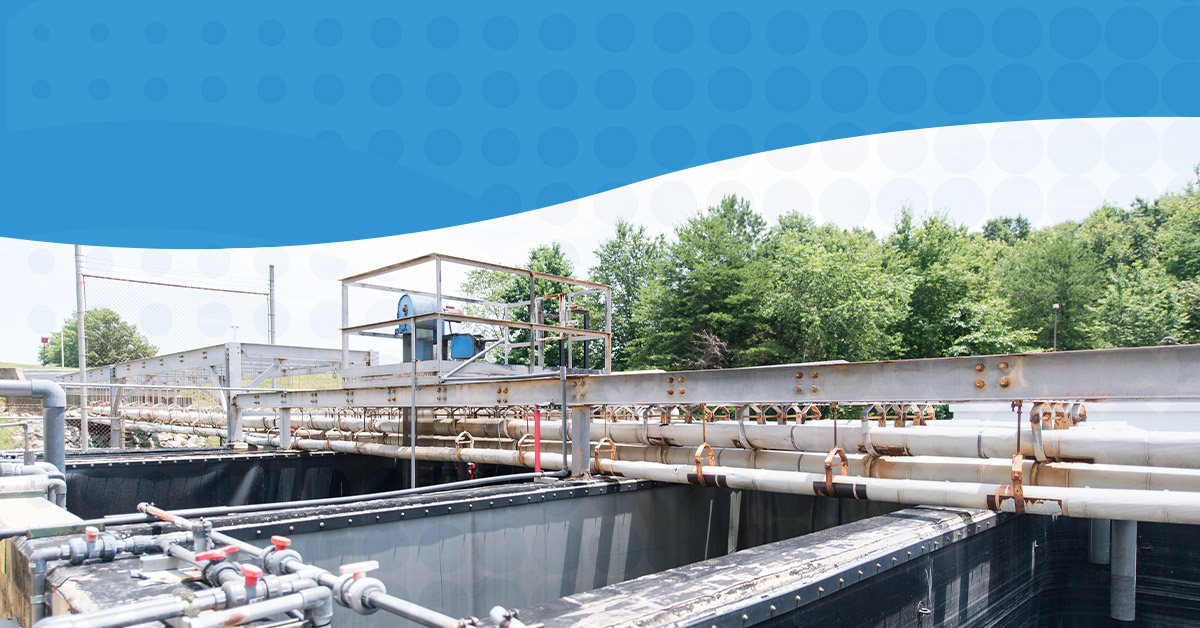Bridging the Gap Between Process and POTW Compliance
Recently, Alan Johnson, Director of Operations for Operators Unlimited presented at the Water Environment Association of South Carolina (WEASC) Capital District May meeting. The Capital District includes the Fairfield, Lexington, Richland and Newberry Counties. Alan Johnson champions 38 years of industry experience, 28 years of Publicly Owned Treatment Works (POTW) service and 10 Years industrial pretreatment experience. At the district meeting, he shared his action plan to help bridge the gap between process and POTW compliance. Continue reading for his advice regarding open communication strategies.
Defining the Gap
The “gap” can be defined as a break in continuity, an issue that causes friction or uncertainty or less than ideal conditions; in this case, between industrial users and POTW. An occurrence of the gap in communication streams can cause significant stress and result in a more negative work environment and effect the flow of operations for both parties. It is vital to try and prevent the gap from occurring before it can harm your team’s workflow.
Possible Causes of the Gap
It is possible for the gap to be caused by an upset at the POTW, a production change at the industry, inspection issues, billing and surcharging or infrequent communication. Further communication issues that can lead to a communication gap include:
- If POTW is not aware of changes in industrial user discharge characteristics, this can lead to friction and uncertainty and incur a gap.
- If industries do not take the required steps to notify the POTW of equipment failures or other problems, this can also result in a gap, as it causes the POTW to investigate and determine the causes of upsets on their own. On the other hand, if the POTW modifies their permit without sufficient industrial user communication, then permit upsets are inevitable and will result in a significant gap.
POTW Concerns
Headworks Analysis, influent allocations and changes in permit limits can be concerns when it comes to POTWs. Some of the most common treatability issues when it comes to POTW are pH changes, suspended solids issues and odors. Safety concerns at the POTW include flammables, health hazards and equipment issues. It is vital to be aware of and follow regulatory requirements when working with a POTW. These requirements include maintaining permit compliance, whole effluent toxicity and escalating enforcement. It is vital to all parties that this information and the status of these factors are widely known and understood by everyone involved in pretreatment.
How to Repair or Prevent the Gap
Communication is key in preventing the gap from becoming an obstacle. Open communication between both the industrial user and the POTW can alleviate misunderstandings. Having an “Open Door” communication strategy is an ideal structure for communication between the industrial user and the POTW. Having this policy helps both parties realize the goal is for the industrial user to successfully make widgets, offer employment and contribute to the economy without interfering with POTW compliance or water quality. This open communication pattern is most effective when the industrial user has thorough knowledge of their discharge permit.
In conclusion, the gap can be closed or eliminated through thorough communication between POTW and industrial users. Through effective communication, it is much simpler to maintain the common goal of positive economic impact without a negative environmental impact.
To learn more about Operators Unlimited and how we can help your plant or wastewater facility, please reach out.
To learn more about our services, visit at our website.


